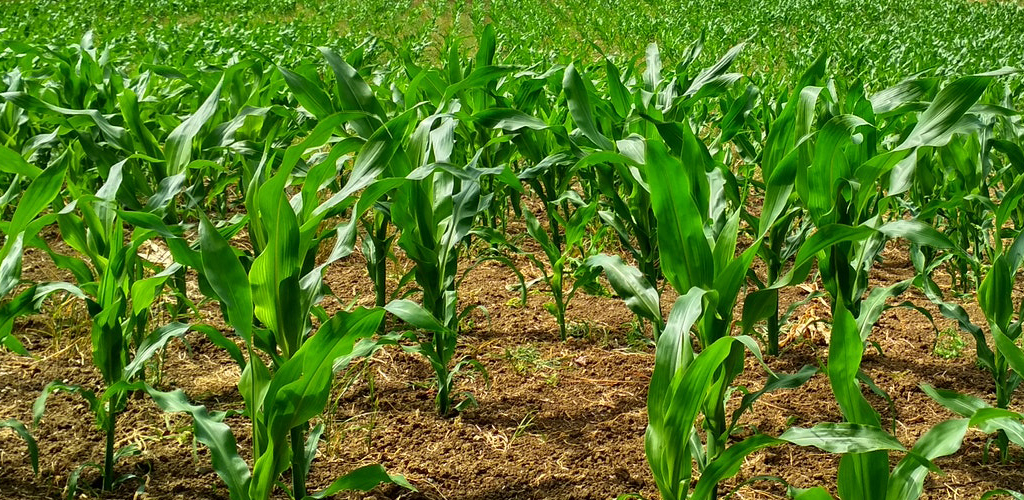With partners, we create evidence, develop approaches and influence policy and practice for increased local control over natural resources (land, wildlife and water) and investments for sustainable livelihoods, particularly in leveraging resources to end poverty, managing water and ensuring food security. We engage with partners to address the global agenda on sustainable development, particularly our 5 focal SDGs of ending poverty; ending hunger and achieving food security; accessing and managing water and sanitation; addressing climate change; and strengthening the means of implementation and revitalizing partnership for sustainable development.
Why we choose to promote livelihoods and community investment?
Goal: To increase access to the needed goods and services to eliminate poverty.
1. Eliminate Poverty
Rationale: Frontline communities (FC) more often lack empowerment to make meaningful livelihood investment decisions to transform their lives and increase resilience. With partners, MAA intends to strengthen and increase community access to viable social and economic assets for improved livelihoods and wellbeing. Community investment is about providing people with access to the needed goods and services to eliminate poverty.
Objective: With partners, we want to give communities leverage to fight poverty and secure better living conditions and a healthy environment; thus providing them with more means and capacity to address socio-economic and environmental challenges that hinder sustainable livelihoods.


2. End Hunger and Achieve Food Security
Rationale: Frontline community sovereignty and livelihoods are closely tied with land and natural resources. These communities, including smallholder farmers and pastoralists, often suffer high levels of hunger and food insecurity due to changes in: rainfall patterns, falling crop yields, and livestock decimation, mostly due to climate change, inadequate policies and disease.
Objective: With partners, we want to increase communities’ food security by ensuring access to foods and promoting sustainable agricultural and livestock husbandry practices.
3. Increase Access and Management of Water and Sanitation
Rationale: The effect felt through shortages of water is the hardest hitting of the numerous challenges climate change and socio-economic disequilibrium present to frontline communities. Access to safe water for people, livestock keeping, and small-scale agricultural production are poor due to either dysfunctional or unavailability of adequate water infrastructures resulting in low crop-livestock systems outputs, food insecurity, and high poverty levels linked with a high unemployment rate. The need, therefore, exists to assist small-scale farmers and rural communities to optimize the utilization of the limited water to boost livestock and agricultural productivity in order to address poverty.
Objective: With partners, we want to increase not only the quality and quantity of sustainable water supplies to close proximity to communities but also its affordability to such communities.

What makes our community livelihood investment program “work” is that it strives to address each of its critical areas (water and sanitation, food security, leveraging poverty) as sub-systems that feed onto each other. Each of these critical areas is addressed in an end-to-end approach. For example, when seeking to improve access to safe and clean water, MAA is at the same time worried about both productivity and profitability, and does so by addressing the majority of critical components of business i.e. access to financial services, markets, technology, innovation, information, and know-how. This allows a comprehensive set of solution choices to be made available right at the heart of the affected community.
